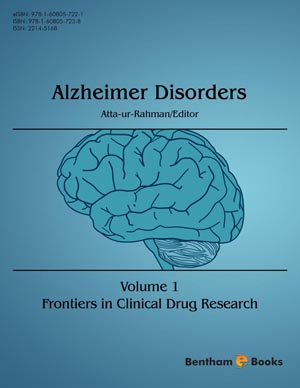Abstract
Alzheimer’s disease (AD) is the most common dementia in the industrialized world with prevalence rates far over 30% in the over 80 years old population. The dementia causes enormous cost to the social health care systems besides the personal tragedies for the patients, families and caregivers.
One of the pathological protein aggregations that occur in AD is the Amyloid-beta (Aβ) aggregation in extracellular plaques, accompanied by Tau hyperphosphorylation, chronic neuroinflammation and oxidative stress, leading to severe neurodegeneration of brain areas involved in learning and memory. Plaques, thus Aβ, appeared to be the more druggable and promising target for disease-modifying therapeutic strategies like passive immunotherapy with monoclonal antibodies (mAbs) against Aβ, though today it is clear that Aβ is a dreadful target. Meanwhile, the first-in-class mAb Bapineuzumab and the fast-follower mAb Solanezumab failed in Phase III whereas several other candidates – some of them modified 2nd generation mAbs – now entered Phase I (PF-05236812, BAN2401, SAR228810 and BIIB037) and Phase II (Gantenerumab and Crenezumab) respectively. Others are known to be in preclinical stages. On the first view, the above-cited mAbs cleared or improved amyloid burden and validated the proposed Aβ read-out biomarkers, but have yet not shown relevant improvement in the major aim in AD therapy: cognition. Also, currently under Phase III investigation, are human IgG from healthy donors. The latest, so-called IVIG, are nowadays interestingly reported to stabilize cognition in AD patients.
In this review we discuss the immunological basis for the mechanism of action of passive Aβ immunotherapy, anti-Aβ mAbs and scaffolds in the pipelines and patents, their preclinical and clinical outcome and strategies for 2nd generation biobetters.
Keywords: Passive immunization, dementia, therapeutic antibodies, effector function, Aβ-oligomers, ADDLs, protofibrils, regulatory strategy, market considerations, biobetters






















